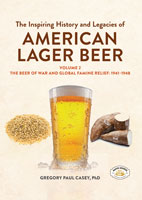 By Gregory Paul Casey The series examines the history of the American lager brewing between the 1840s and the 1940s. A period and a beer little studied by historians, the political, societal, and cultural history of the United States profoundly influenced the evolution of American adjunct lager beer. |
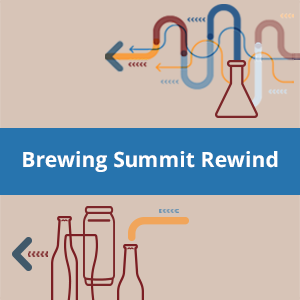 Revisit content from Brewing Summit 2025 with Brewing Summit Rewind. |
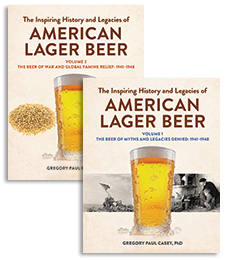 By Gregory Paul Casey The series examines the history of the American lager brewing between the 1840s and the 1940s. A period and a beer little studied by historians, the political, societal, and cultural history of the United States profoundly influenced the evolution of American adjunct lager beer. |
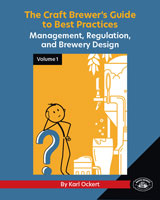 By Karl Ockert This book provides information to help readers design, build, and run a craft brewery to consistently make high-quality beer. |
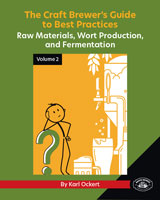 By Karl Ockert This book provides information to help readers design, build, and run a craft brewery to consistently make high-quality beer. |
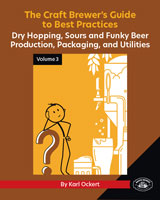 By Karl Ockert This book provides information to help readers design, build, and run a craft brewery to consistently make high-quality beer. |
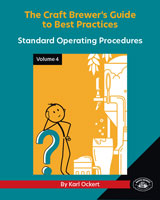 By Karl Ockert This book provides information to help readers design, build, and run a craft brewery to consistently make high-quality beer. |
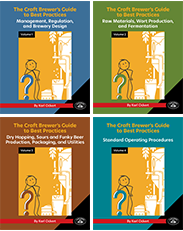 By Karl Ockert Set of four comprehensive handbooks offering craft brewers information that is current, practical, and relevant to operations of their scale. |
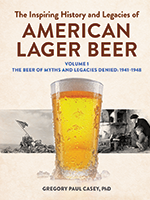 By Gregory Paul Casey The series examines the history of the American lager brewing between the 1840s and the 1940s. A period and a beer little studied by historians, the political, societal, and cultural history of the United States profoundly influenced the evolution of American adjunct lager beer. |
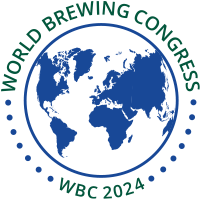 Revisit content from World Brewing Congress 2024 with the all-new WBC Rewind. |
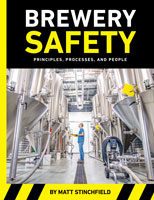 By Matt Stinchfield From physical trauma to chemical irritations, biological hazards to psychosocial hazards, Brewery Safety explores in-depth how to think about and avoid these hazards. |
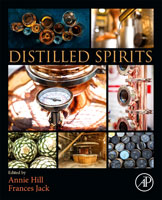 Edited by Annie Hill and Frances Jack This book is a valuable reference for current and prospective distillers, including researchers in distilling and chemical engineering and students brewing and distilling programs. |
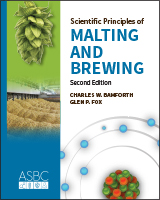 By Charles W. Bamforth and Glen P. Fox This book explains the science underpinning each stage of the brewing and malting process, expanding on the previous edition content in greater detail. |